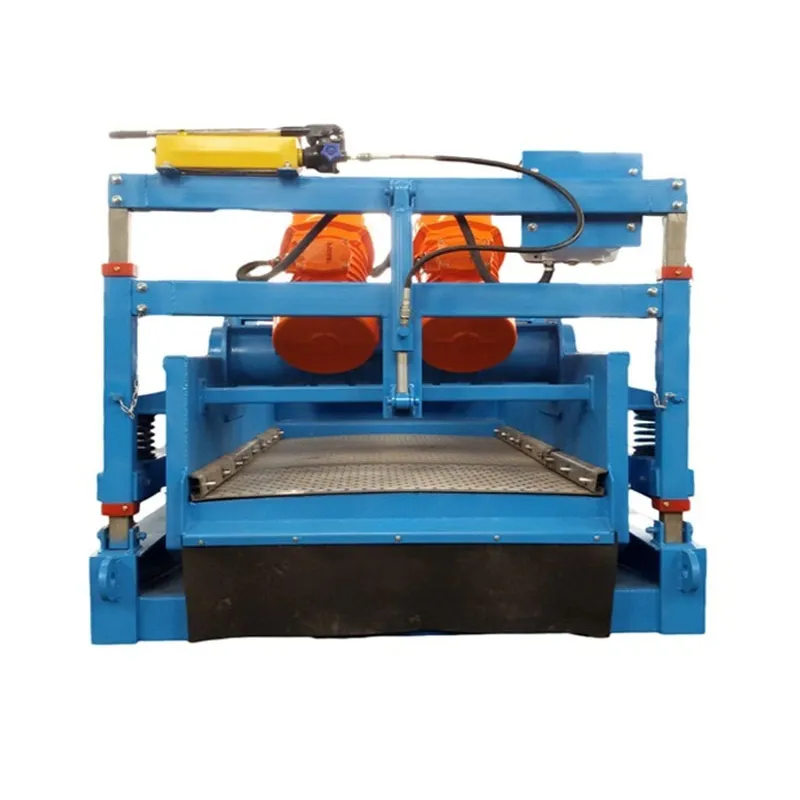- Industrial zone, South of Anping Town, Hengshui, Hebei, China.
- sales@hfpetromesh.com
- +86-18931809706
Stainless Steel Rope Safety Netting for Helipad Perimeter Protection and Security
The Importance of Stainless Steel Rope Helipad Perimeter Safety Netting
In the aviation industry, safety is paramount, not only for the aircraft but also for personnel and equipment on the ground. One crucial aspect of ensuring safety, particularly at helipads, is the installation of perimeter safety netting. As the demand for helicopter services grows, especially in sectors like medical emergency services, oil and gas, and tourism, the need for effective safety measures like stainless steel rope helipad perimeter safety netting has become more apparent.
What is Stainless Steel Rope Helipad Perimeter Safety Netting?
Stainless steel rope safety netting is a robust safety feature designed to create a secure barrier around helipads. Made from high-grade stainless steel, this type of netting is both durable and resistant to corrosion, making it ideal for outdoor environments where exposure to harsh elements is common. The netting is typically constructed from interwoven stainless steel cables that are designed to withstand significant loads, enhancing its effectiveness in preventing accidents.
Why is it Necessary?
The primary purpose of installing safety netting around helipads is to prevent personnel, equipment, and other objects from falling off the edges. Helipads are often located on rooftops or elevated platforms where the risk of falls is heightened. Additionally, the unpredictable nature of helicopter landings and takeoffs makes it essential to have safety measures in place.
Here are a few key benefits of stainless steel rope helipad perimeter safety netting
1. Preventing Falls The netting acts as a physical barrier, reducing the likelihood of personnel accidentally falling off the helipad. This is especially important when multiple operations, such as loading and unloading, are taking place simultaneously.
2. Protecting Equipment Helicopter operations often involve the use of specialized equipment. The safety netting helps ensure that tools and machinery do not inadvertently fall off, preventing potential damage and loss.
stainless steel rope helipad perimeter safety netting

3. Enhanced Visibility The stainless steel wire construction provides a visual cue to operators and personnel about the helipad boundaries. This can help prevent accidents by increasing awareness of the operational area.
4. Durability and Longevity Stainless steel is known for its strength and resistance to environmental factors. Unlike traditional materials that may degrade over time, stainless steel rope netting can withstand harsh weather conditions, UV exposure, and temperature fluctuations.
5. Low Maintenance Once installed, stainless steel rope netting requires minimal maintenance. Regular inspections can ensure integrity, but the need for frequent repairs is significantly lower compared to other materials.
6. Versatility Stainless steel rope netting can be custom-designed to fit various helipad shapes and sizes. This versatility makes it suitable for different operational environments, including urban settings, offshore platforms, and remote locations.
Regulatory Compliance
In many regions, aviation authorities have stringent safety regulations and guidelines that helipad operators must follow. Installing stainless steel rope perimeter safety netting is often a requirement to meet safety standards. Compliance with these regulations not only enhances safety but also protects operators from liability in case of accidents.
Conclusion
As air transportation and helicopter operations continue to grow, ensuring safety in and around helipads cannot be overstated. Stainless steel rope helipad perimeter safety netting plays a crucial role in maintaining a secure landing environment for helicopters while protecting personnel and equipment. With its durability, low maintenance requirements, and compliance with safety regulations, it is a wise investment for any helipad operator.
In an industry where every second counts and safety is non-negotiable, implementing these netting systems can mean the difference between disaster and a successful operation. Investing in high-quality stainless steel rope safety netting not only safeguards lives and equipment but also enhances overall operational efficiency, making it an essential component of modern aviation safety protocols.
-
The Power of Pyramid Shaker Screen - A 3-Dimensional SolutionNewsOct.24,2024
-
Exploring the Versatility and Durability of Steel GratingNewsOct.24,2024
-
Revolutionizing Drilling Efficiency with Steel Frame Shaker Screens for Mud Shale ShakersNewsOct.24,2024
-
Potential of Shale Shaker ScreensNewsOct.24,2024
-
Offshore Pipeline Counterweight Welded Mesh - Reinforced Mesh in Marine EngineeringNewsOct.24,2024
-
Revolutionizing Offshore Pipeline Stability with Concrete Weight Coating MeshNewsOct.24,2024
